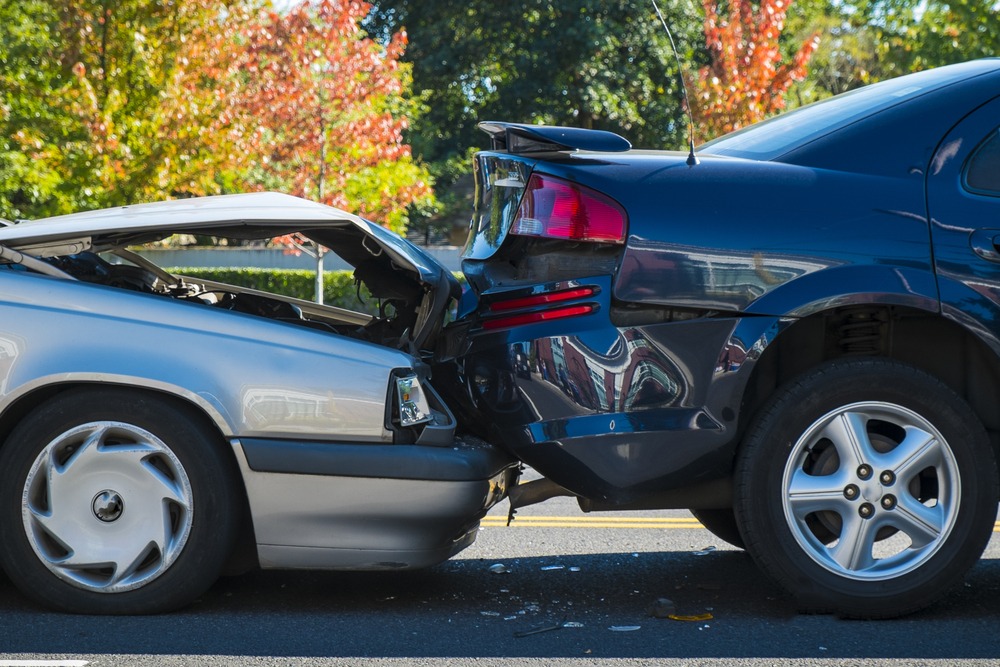
If you got hurt in a motor vehicle crash in our state, you need to know the statute of limitations for auto accidents in Texas. At first, you might have your hands full dealing with getting treatment for your injuries, getting your car repaired or replaced, and all of the other inconveniences that come with getting involved in a collision.
Before you know it, the deadline, also called the statute of limitations, for filing a lawsuit seeking compensation for your injuries and other losses might have slipped away. After the filing deadline passes, you cannot file a lawsuit against the party who caused your injuries.
Texas Law Limits Your Time to File an Auto Accident Lawsuit
Texas gives you only two years from the collision to file a lawsuit asking for money damages, in Texas Civil Practice and Remedies Code § 16.003. Unfortunately, many people do not like to sue others, so they merely negotiate with the negligent party’s insurance company and hope for a fair settlement. They do not realize that, after the lawsuit filing deadline passes, the insurer will not pay them any money in a settlement, either.
If you can no longer file a lawsuit against someone because the filing deadline expired, that party has no legal obligation toward you, according to the American Bar Association. They will not offer you money to settle a personal injury claim you cannot take to court. Even if the claims adjuster negotiated with you after the accident, when the statute of limitations passes, the claims adjuster will stop taking your phone calls.
For a free legal consultation, call (972) 938-1234
Filing a Wrongful Death Lawsuit After a Fatal Car Accident
If your close relative died because of an auto accident caused by someone else, you might be eligible to file a wrongful death action against the at-fault party. Like personal injury lawsuits, Texas Civil Practice and Remedies Code § 16.003 gives you only two years to file a wrongful death claim; however, the clock starts ticking on the date of the death, not the collision.
After the two-year statute of limitations for wrongful death lawsuits runs, Texas law will forever bar the legal beneficiaries from seeking compensation for the loss of their loved one. When you are busy dealing with your grief and rebuilding your life, two years can go by like the blink of an eye.
Proving Liability in Automobile Accidents
Often, the police report will reveal the identity of the party the police officer felt caused the collision. However, there might be more to the story. For example:
- The officer who came to the accident scene might not be aware of all the facts. If you read the accident report and discover that the officer left out something, your car accident attorney could contact the officer and ask for a supplemental report that adds the missing information.
- The officer might have made a mistake on the report. Human error is forgivable, but it should be corrected with accurate facts.
- One of the other parties might have lied to the officer at the scene of the accident. But unfortunately, the police officer does not have a crystal ball, and he cannot determine who is telling the truth and who is lying.
- Also, the police report is not the only evidence the court will look to when determining who will get held accountable in a personal injury or a wrongful death lawsuit. For example, let us say you file a personal injury lawsuit against the other driver on negligence. Here is how a judge will evaluate the issue of fault in these cases:
- The person you sue, also called the defendant, must have owed you a legal duty of care. This factor is the easiest one to prove in car accidents because everyone who drives a car, truck, motorcycle, or another motor vehicle on public streets has a duty to drive carefully and obey the traffic laws.
- The defendant must have breached that legal duty. When a person violates their legal duty of care, their conduct is negligent. For example, let us say that the other driver drank several beers before getting behind the wheel. As a result, his blood alcohol concentration (BAC) level exceeded the legal limit. Therefore, driving while under the influence is negligence.
- The negligence must have caused or contributed to the accident. In our scenario, the defendant ran a red light because his alcohol impairment caused him not to notice that the light had changed. When he ran the red light, he crashed into your car, which had been in the intersection legally. The careless conduct caused the crash.
- The plaintiff must have measurable damages. Physical injuries satisfy this required element for legal liability in a negligence claim. If you got hurt in the collision, you have quantifiable losses that meet this element.
Click to contact our personal injury lawyers today
Contact Our Car Accident Lawyers to Learn More About Legal Time Limits Today
If you got injured or a close loved one died from an auto accident in Texas, your time is limited by the statute of limitations to take legal action. Therefore, you will want to talk to a car accident attorney right away to protect your legal right to compensation.
At Clay Jenkins & Associates, we are happy to offer a free consultation. Contact us today to get started.
Call or text (972) 938-1234 or complete a Free Case Evaluation form


